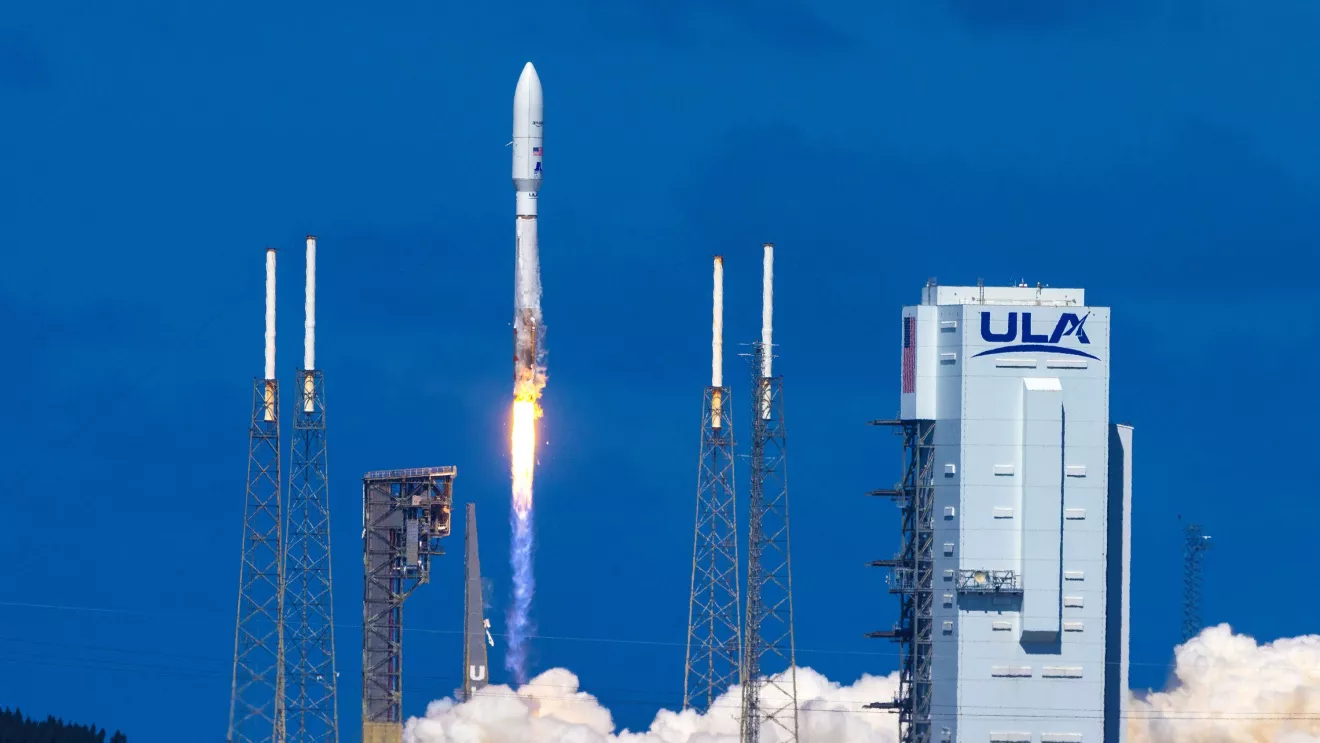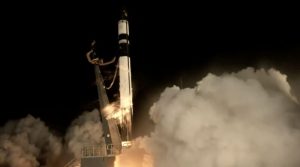Amazon’s Launched Project Kuiper Internet-Satellites Trying To Compete With Starlink (UPDATED)
9th Oct 2023
UPDATED 9 October
On 6th October, Amazon successfully launched from Florida its pair of prototype satellites for the Kuiper internet network. This marks a significant milestone in Amazon’s initial venture into space, preceding its ambitious plan to deploy thousands more satellites into orbit. This launch aims to establish a global internet service via satellite technology and put Amazon in direct competition with SpaceX’s Starlink project.
A United Launch Alliance Atlas V rocket, adorned with the Amazon logo and carrying the test satellites, took off from Cape Canaveral a little after 2 p.m. Eastern time (1800 GMT). The primary objective of this mission is to assess Amazon’s initial space technology, thus laying the groundwork for the deployment of an additional 3,236 satellites over the next few years.
Leading up to the launch, Amazon remained tight-lipped about specific details concerning the two satellites. These prototypes were constructed at Amazon’s satellite facility in Redmond, Washington. Subsequent to the launch, Amazon confirmed that the two satellites were successfully deployed, and its mission operations centre established contact with them, marking a crucial step forward in the realization of its Kuiper internet network.
UPDATED 29 September
The Project Kuiper satellite prototype for Amazon’s satellite broadband program, will lift off atop United Launch Alliance’s (ULA) Atlas V 501 rocket on 6th October. The launch window opens at 2 p.m. EDT (20.00 BST). The rocket will be launched from Space Launch Complex-41 at Cape Canaveral Space Force Station, Florida.
The company previously planned to launch with the upcoming Vulcan Centaur, which has been delayed due to an anomaly detected in March. Following that, Amazon has been forced to switch rockets as the company must race to launch half of the constellation’s 3,236 satellites given a 2026 regulatory deadline.
Atlas V to launch Project Kuiper prototype
According to the update on the Project Kuiper satellite prototype from 7th August, Amazon stated: “Project Kuiper is now planning to launch its prototype satellites on an Atlas V rocket. ULA is working backwards from a launch date in fall 2023. We will have more detail to share as the mission approaches.”
Amazon had originally tapped ULA to launch its first two Project Kuiper satellite prototypes, Kuipersat-1 and Kuipersat-2, ahead of building the constellation. It was planned, that the installation would provide fast and affordable broadband to “unserved and underserved communities” across the globe. However, Vulcan’s delays have made Amazon fly its prototype satellites on legacy carrier Atlas V.
Atlas V has been flying since 2002 and consists of two main stages: The Atlas V first stage and the Centaur upper stage. According to Reuters, a spokesman from ULA, James Watkins, said the targeted launch date is 26th September.
What is Project Kuiper?
In April 2022, Amazon announced it had inked contracts with three rocket companies, Blue Origin, Arianespace, and ULA, to launch its Project Kuiper satellites into low-Earth orbit (LEO). The agreement included 38 launches with ULA’s Vulcan, 18 launches with Arianespace’s Ariane 6, and 12 on Blue Origin’s New Glenn, with options for 15 more.
Anazon’s Project Kuiper is set to enter into the constellation market against SpaceX’s Starlink, which already has almost deployed 5,000 satellites into LEO. However, while they will be competitors, the companies will operate in fairly different constellations. On the one hand, Starlink could become a constellation of up to 42,000 satellites, while Project Kuiper has only announced it will be just over 3,200 satellites. Further, Amazon Kuiper is a collaboration between several launch providers, whereas Starlink is only launched by SpaceX.
Vulcan delay
ULA’s Vulcan Centaur is now set to launch in late 2023 after it was initially planned to fly in May 2022. Before the planned maiden flight on 29th March at NASA’s Marshall Space Flight Center in Alabama, ULA was conducting a propellant loading and tank pressurization test on the Centaur V. However, a hydrogen leak ignited and caused a test article of the upper stage to be destroyed. According to company CEO Tory Bruno, the upper stage failed due to high stress near the top of the liquid hydrogen propellant tank, and weaker welding.







Thank you for your comment! It will be visible on the site after moderation.